It’s All About Crypto Blog
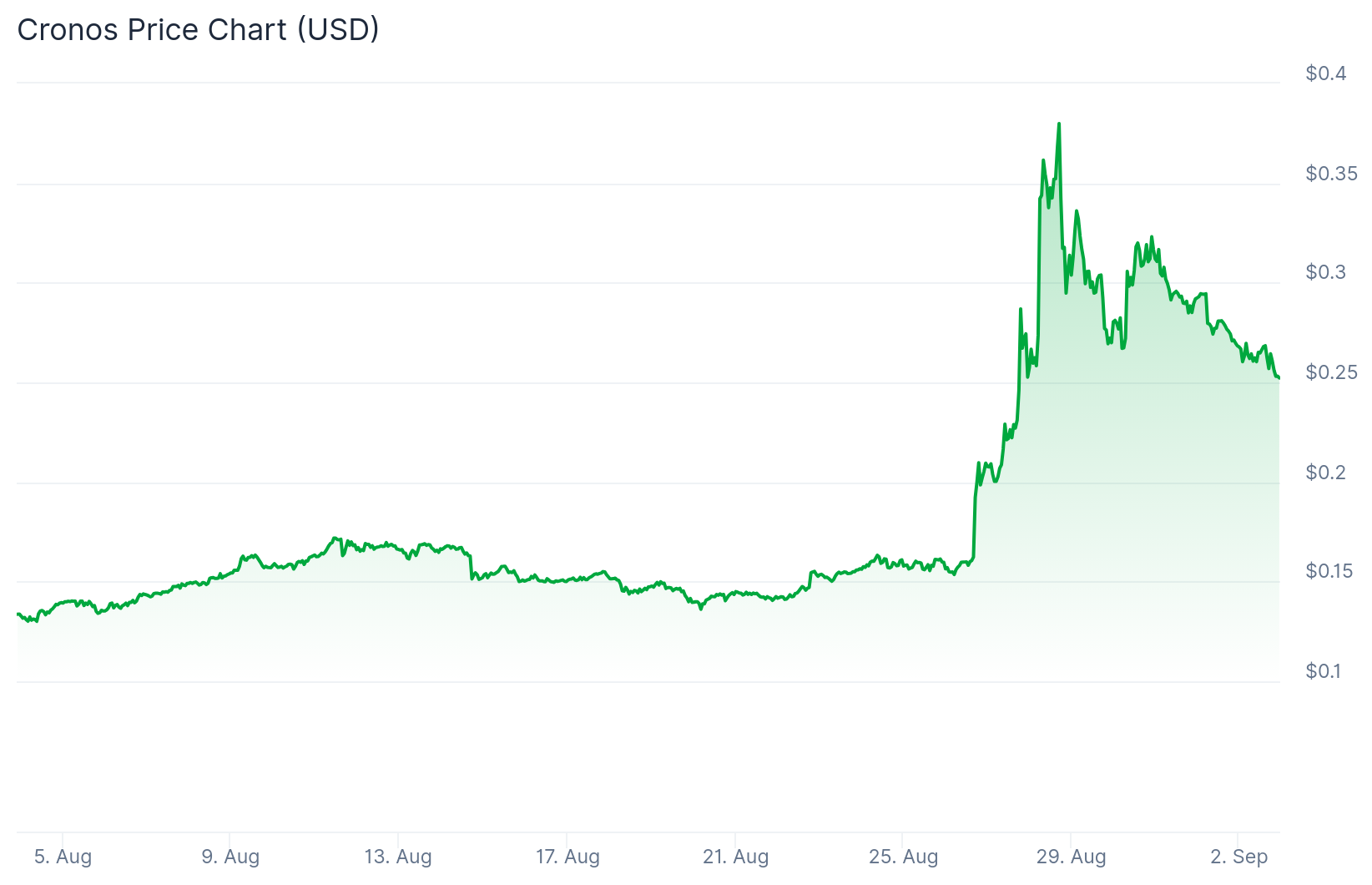
Another token, another trap: CRO edition
Remember my post yesterday about how WLFI suddenly released five times more tokens into circulation than everyone expected? That move crashed the pre-market price, and those who lost money see it as a straight-up scam. Well, I’ve got another story for you that feels eerily similar. Take a look at CRO. Over the past few days, the price tanked by a third: from nearly $0.38...
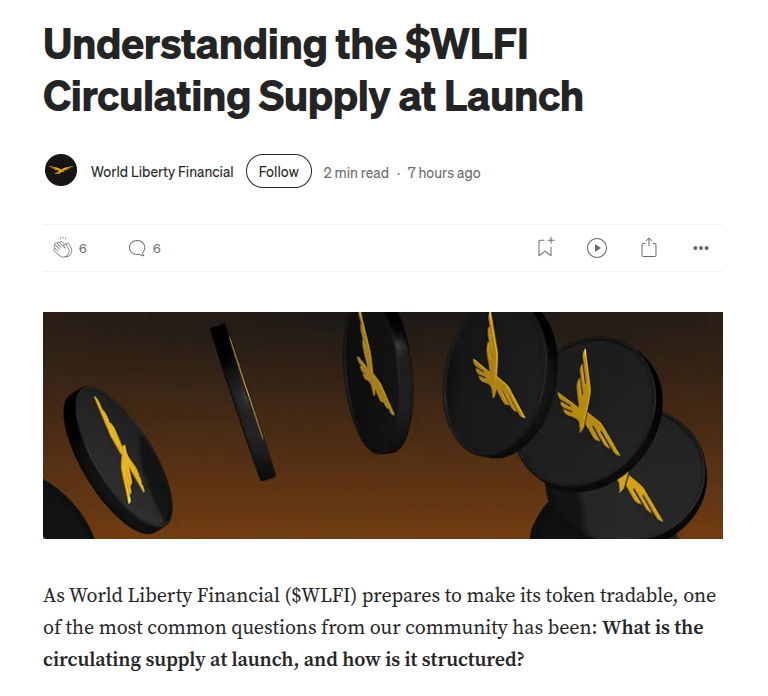
WLFI vesting schedule: written in pencil, not code
Today WLFI hit the open market. Everyone expected 5% of the total supply to be released, as originally announced. And then - in true Trump fashion - just half an hour before the event, the team announced that not 5%, but 25% would be circulating right away! They explained that they had received many questions about the circulating supply. Honestly, I doubt anyone...
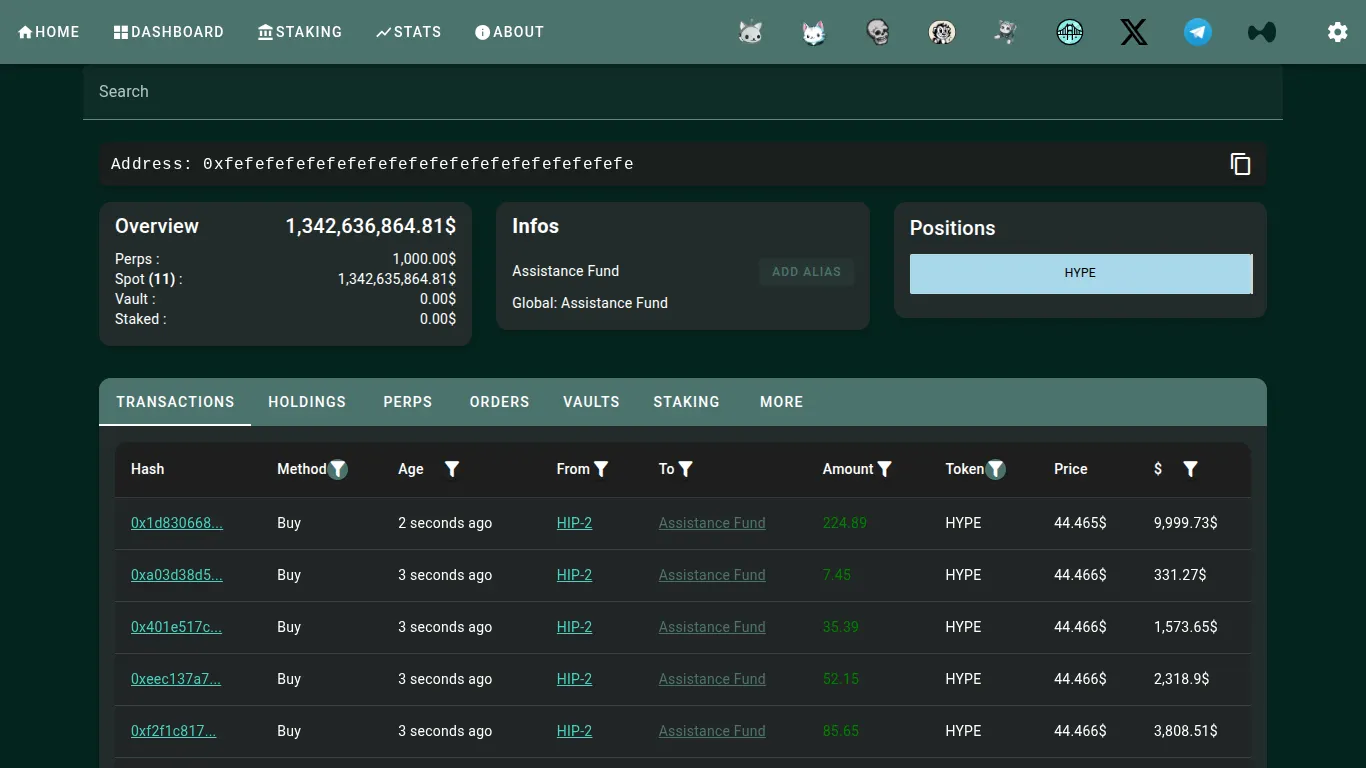
Why Do Crypto Companies Buy Back Their Own Tokens?
This week, Hyperliquid announced that it will now direct 99% of its revenue toward buying HYPE tokens on the open market. When I first heard this, one question immediately came to mind: why would they do that? I asked around in a few Hyperliquid community chats, and the answers I got were all over the place: * to reward users, * to...
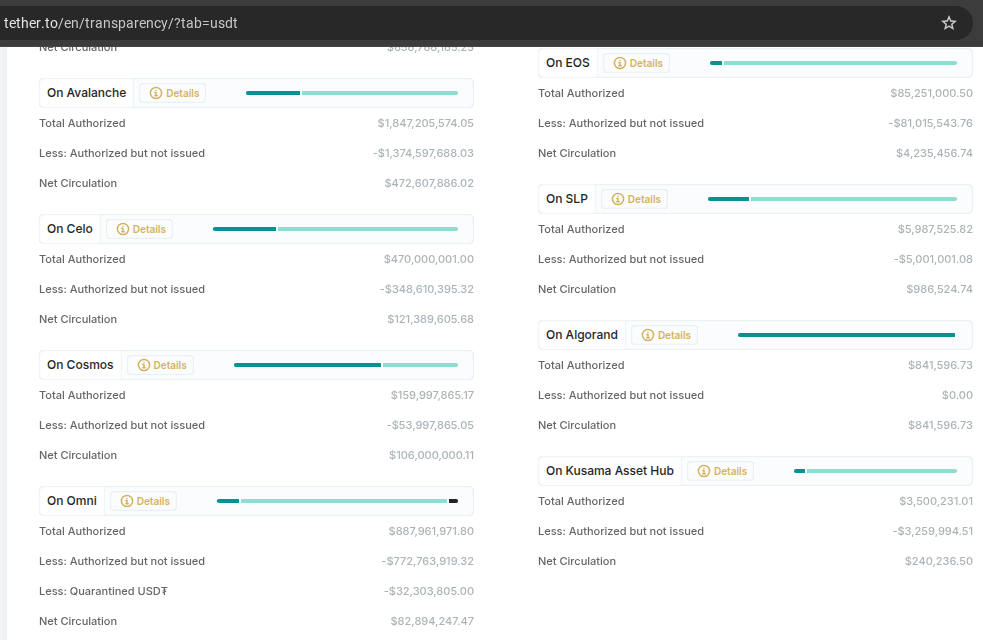
Tether’s Last-Minute Twist: Old-Chain USDT Lives On
Just two days before officially ending support for Omni, Bitcoin Cash SLP, Kusama, Vaulta, and Algorand, Tether made a surprising announcement. It confirmed that existing USDT on these networks will not be frozen. * You’ll still be able to hold them. * You’ll still be able to transfer them between addresses. * You’ll still be able to exchange them with others (if someone wants to trade). *...

Money Laundering Myths: Banks Outpace Crypto by Billions
Another reminder that crypto is far less risky as a tool for money laundering than fiat currencies flowing through banks. According to FinCEN, over the past five years U.S. banks processed $312 billion in cartel money from Mexico, funneled through Chinese laundering networks. And during those very same years, according to Chainalysis, the total volume of illicit transactions...
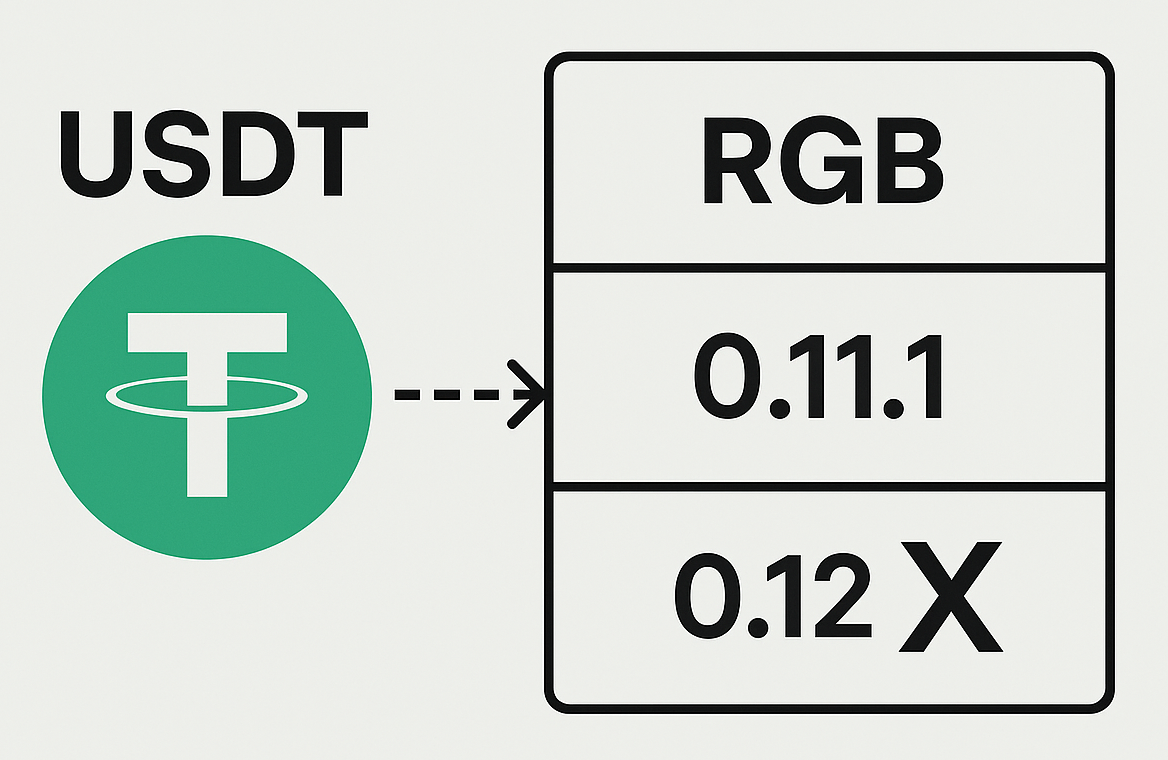
USDT Arrives on RGB – But Only Halfway
Tether has announced the launch of USDT on Bitcoin using RGB technology. The very first tokens have already been bridged over from Ethereum. I’ve written about RGB before: it’s one of the approaches that bring advanced smart contract functionality to Bitcoin. Its closest rival is Taproot Assets by Lightning Labs. For a long time, many observers said that whichever...
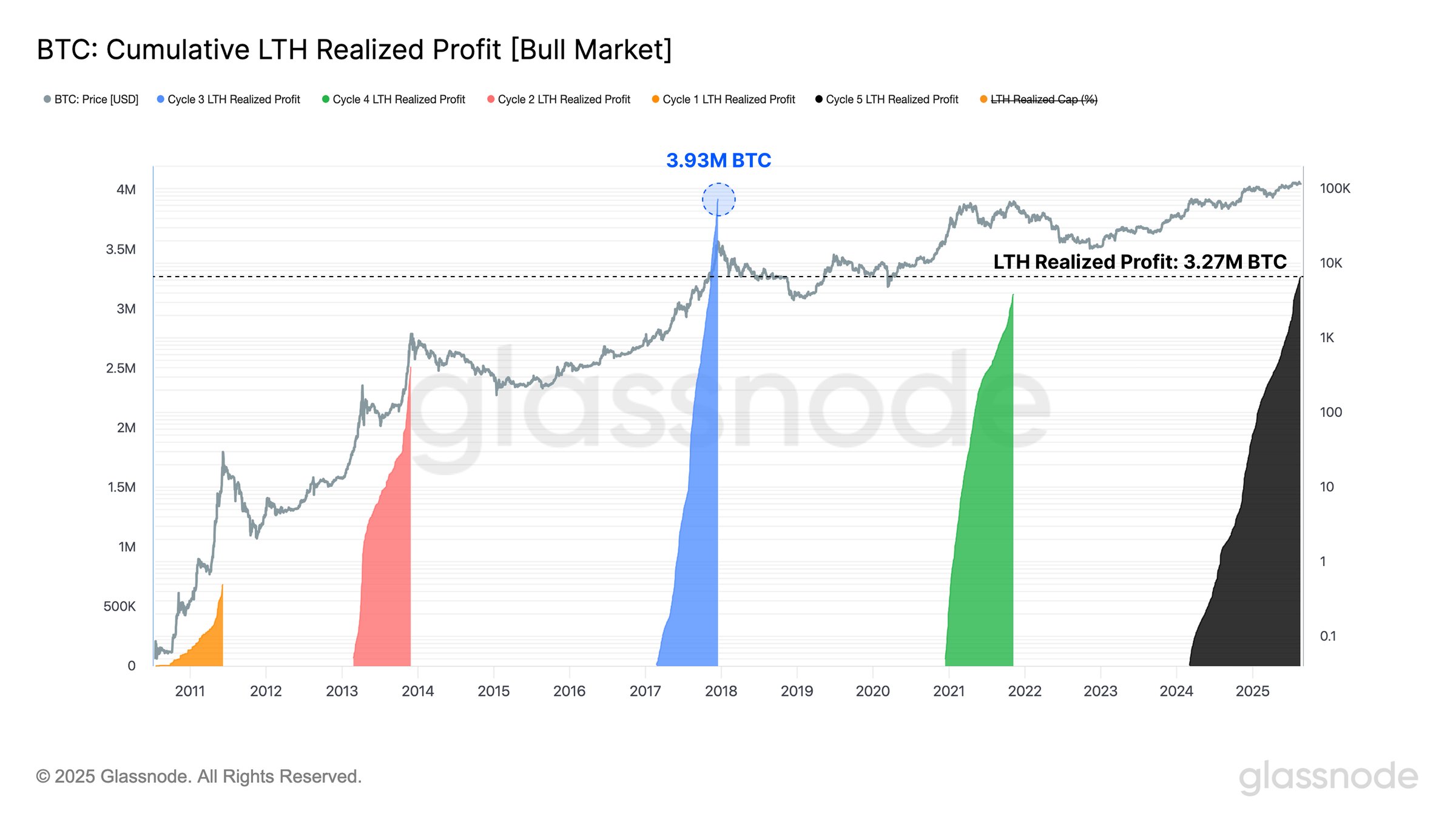
Are You a Long-Term Holder After 155 Days?
Glassnode published an interesting metric showing that in every market cycle, so-called long-term holders sell around 3 million BTC. At first, the number felt enormous. Especially since, according to Glassnode, in the current 2024–2025 cycle long-term holders have already sold 3.27M BTC. It’s hard to believe they still had that much left to sell — there aren’t even that many coins sitting...
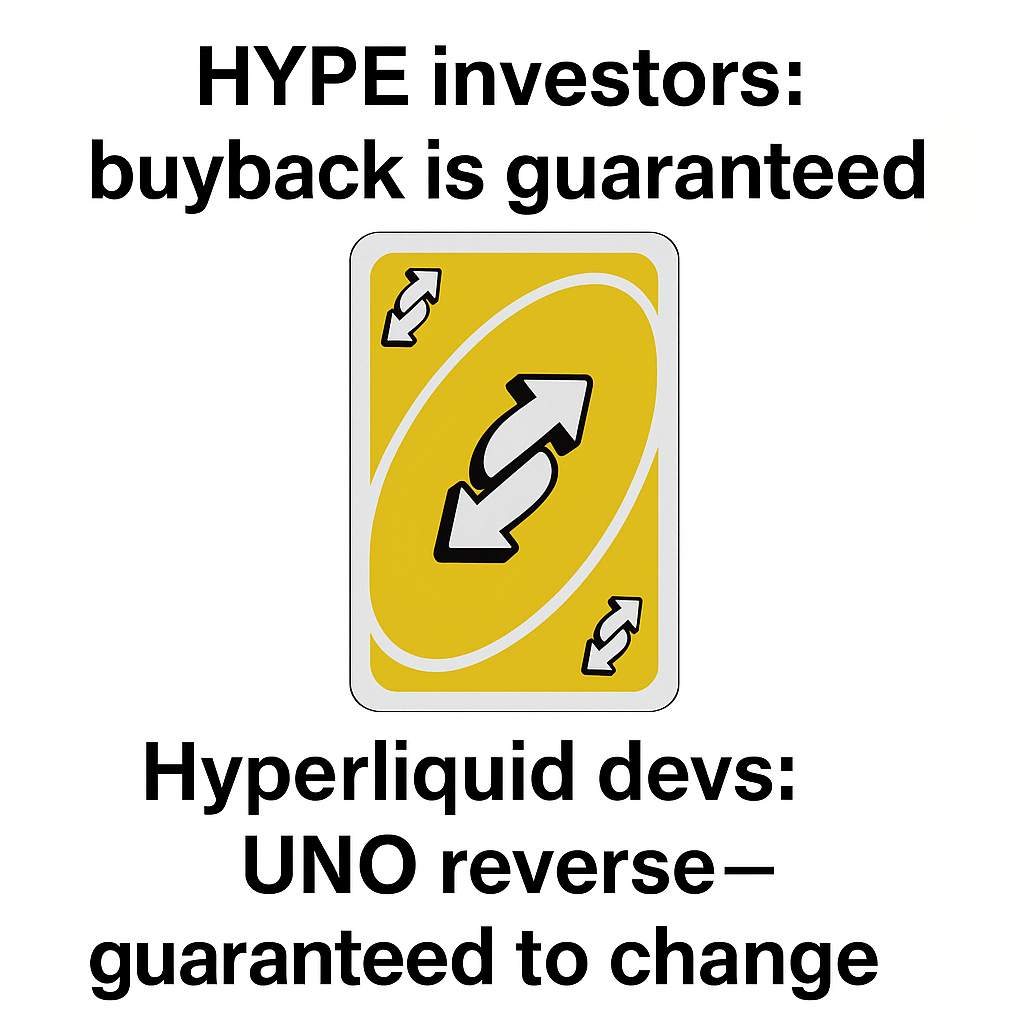
The Hidden Risk Behind Hyperliquid’s Bigger Buybacks
Today Hyperliquid announced that after the next network upgrade, 99% of the exchange’s revenue will be used to buy back HYPE tokens from the market — up from 97% before. At first glance, that might sound like great news. But it’s not as positive as it seems. And the problem isn’t just that this reduces the yield for the HLP liquidity pool. I see...

Crypto’s New Attack Vector: Big Names
WLFI can fairly be called a clone of Aave — it copies the decentralized lending model Aave pioneered: users deposit assets into a liquidity pool, borrow against collateral, and either earn or pay interest. WLFI doesn’t introduce anything fundamentally new; it simply replicates Aave’s proven architecture with minimal tweaks for its own ecosystem. And yet, despite offering no real advantages, WLFI is already...
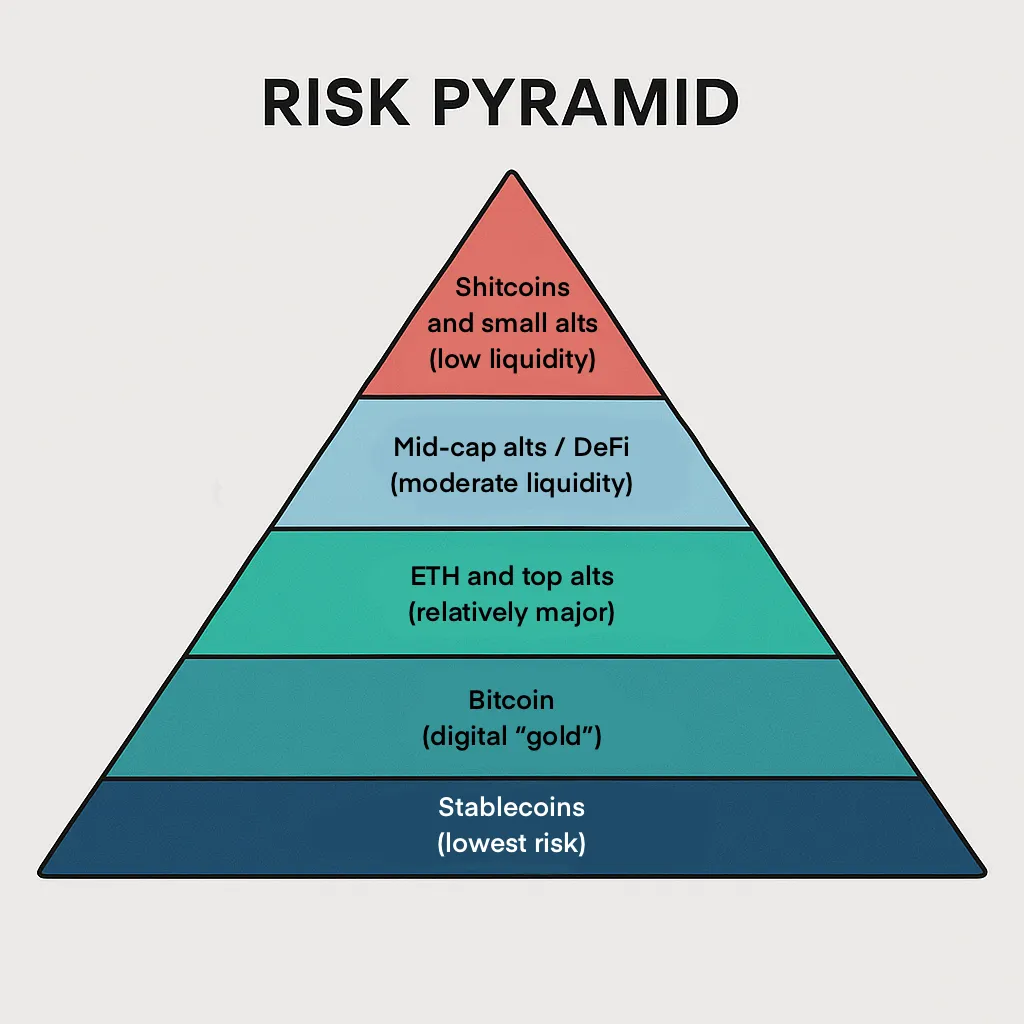
Can You Really Trust the Crypto Fear & Greed Index?
Fear and greed are the two dominant emotions driving any financial market — and crypto is no exception. When fear takes over, investors rush to sell off falling assets in panic, terrified of further losses. When greed kicks in, they start blindly buying whatever is rising, afraid to miss out on more profit. These psychological patterns have long been observed by...














